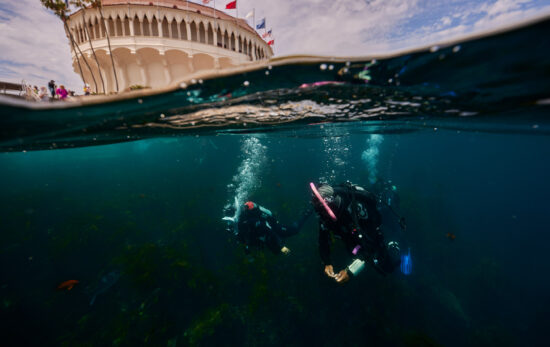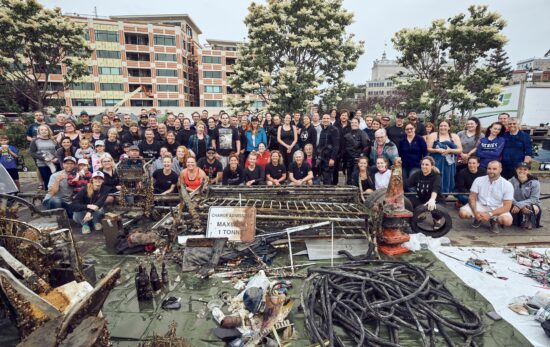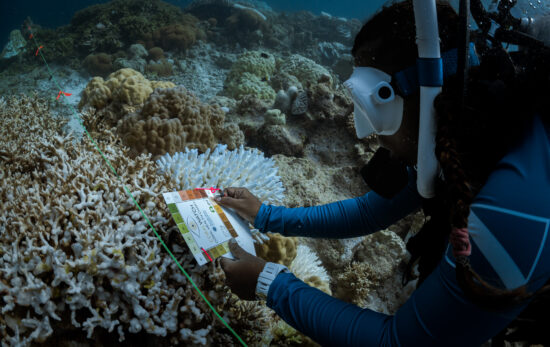Several years ago now, I wrote about an unacceptable incident in which divers were videoed riding a whale shark. The video went viral, sparking thousands of other angry diver comments besides mine. Obviously, most divers (maybe 99%+) know that such outrageous behavior is not only deplorable, but casts divers in a bad light – as Ocean Torchbearers, what we say and do must role model our attitudes as the seas’ ambassadors.
Rescuers, Not Abusers
The truth is, rather than abusing animals, there are by far many more examples of divers going out of their way to help them. These range from extricating a baby shark from a glove to freeing five whale sharks from entanglement to disentangling a sperm whale. It’s not only sea animals, either – divers have been documented rescuing dogs and even a possum. You can find so many examples online one couldn’t possibly list them all – see some links at the end for just a few.
These examples are awesome, and I commend all the divers who did so, not only because it’s the right thing to do, but because it sets an example and gives diving a voice as the ocean’s stewards. Further, I suspect that divers do this all the time as second nature, and the examples one finds online are just the tip of the iceberg.
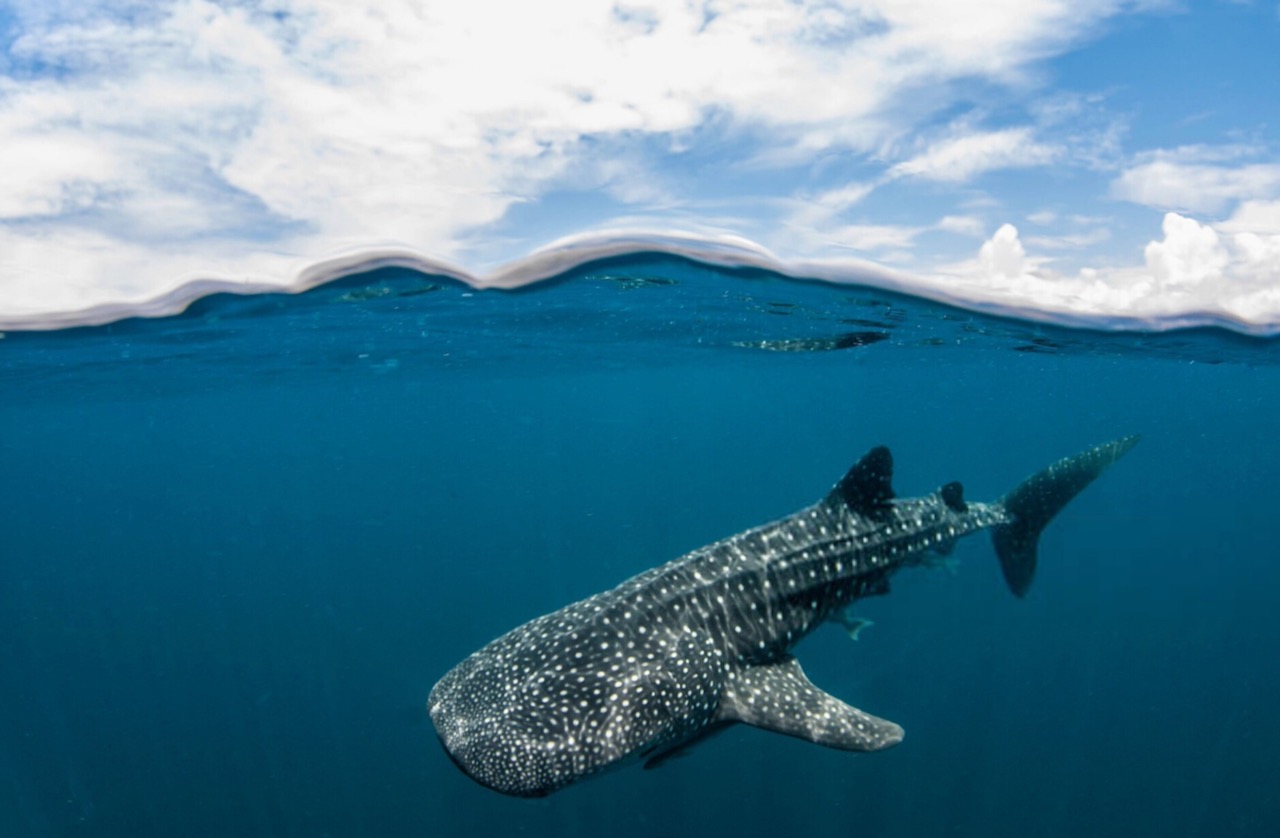
Be a Rescuer, But Know What You’re Doing
By all means, it’s good to help animals when they need it, but like everything in diving, there are some risks to manage so that both you and the animal stay safe. Please keep the following points in mind.
1. Take care of yourself first. As you learn in the PADI Rescue Diver course, when helping another diver, your priority is yourself. This is in the victim’s best interest as well as yours because you can’t help someone if you need help, and getting into trouble yourself divides the remaining rescue resources. It should be obvious, but this applies to animal rescues, too. Never exceed limits, push your air supply or otherwise violate safe diving practices for the sake of an animal rescue.
2. As Hippocrates said, “First do no harm.” In other words, before attempting an animal rescue, assess carefully whether your efforts are likely to help, or at least not make the animal’s situation worse. Sometimes it’s an easy call – you simply open an abandoned trap and let entrapped fish escape. Or, the animal will die if you do nothing anyway – like a sea turtle entangled in a net underwater. But other situations may be more questionable – like whether to remove a small hook trailing monofilament from the mouth of a large fish that doesn’t seem to be having problems with it. Would trying to remove it cause more trauma than the small hook, which may likely come out eventually anyway? The point is, just as you do helping another diver, pause and take a moment to think things through.
3. Know what you need to know. This may be the most complex part. Not knowing you’re helping, many animals will struggle, and/or instinctively try to bite, sting or otherwise injure or endanger you. So, you need to be familiar enough with an animal you help to know what risks there may be, and what to do about them. Divers have helped large-could-hurt-you sharks, but invariably, those divers were experienced with sharks and shark diving, knew the risks and how to manage them.
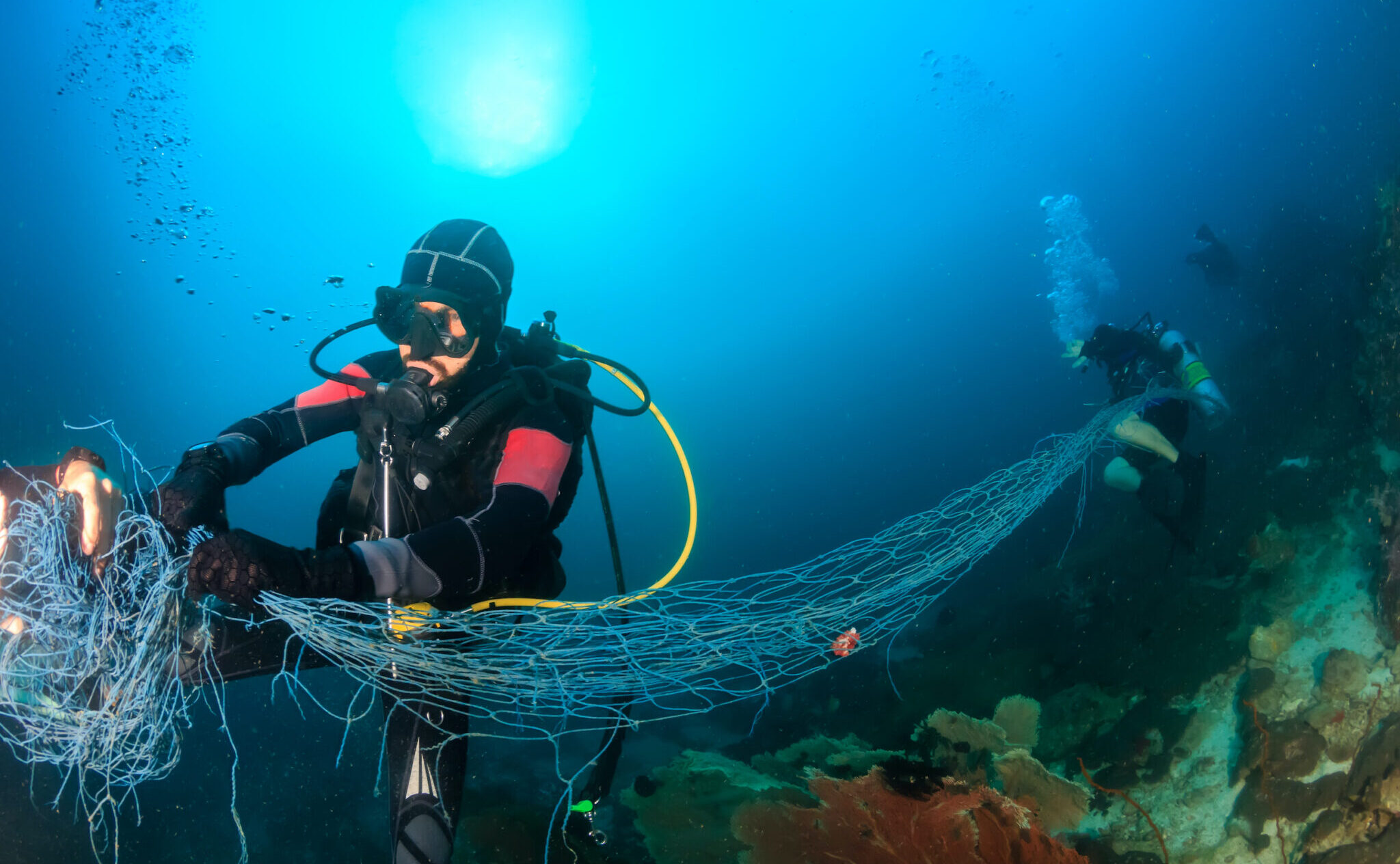
Another issue is ghost gear – lost and abandoned fishing gear like nets, traps and lines – which is a primary cause of animal rescue situations. Many of these, like nets (especially gill nets), can cause severe entanglement. It’s vital that you have appropriate training for dealing with it, as well as any specialized equipment that may be called for. Quite a few PADI Dive Resorts or Dive Centers have projects and training specific to animal rescues, ghost gear, debris and other PADI AWARE initiatives they’re involved with; that’s the best place to start if you want to learn more. But with training or without, if reasonably managing any risk associated with an animal rescue is outside your training/experience and/or available equipment, don’t attempt the rescue. But, you can still help: record the location (ideally GPS coordinates) and report the animal to authorities and/or other divers and experts who are qualified to help.
Seek adventure. Save the ocean.
Dr. Drew Richardson
PADI President & CEO.
PS: Check out these other animal rescues by divers:


